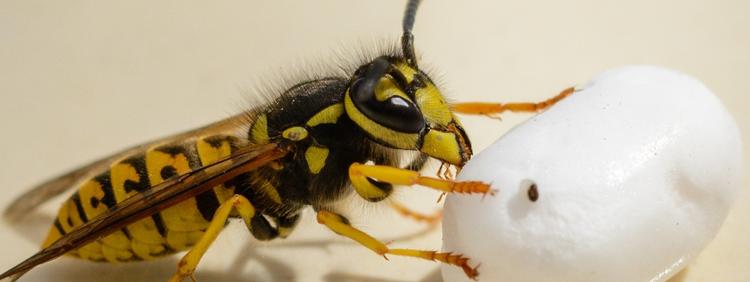 In the insect world, there are two basic types of wasps: solitary wasps and social wasps. The vast majority of wasp species are solitary, meaning that they make individual nests and raise offspring on their own. A minority of wasp species are social, meaning that they live together in large colonies. Though there are fewer types of social wasps, they are more likely to require wasp pest control services in Guelph because of conflicts with humans.
In the insect world, there are two basic types of wasps: solitary wasps and social wasps. The vast majority of wasp species are solitary, meaning that they make individual nests and raise offspring on their own. A minority of wasp species are social, meaning that they live together in large colonies. Though there are fewer types of social wasps, they are more likely to require wasp pest control services in Guelph because of conflicts with humans.
 In the insect world, there are two basic types of wasps: solitary wasps and social wasps. The vast majority of wasp species are solitary, meaning that they make individual nests and raise offspring on their own. A minority of wasp species are social, meaning that they live together in large colonies. Though there are fewer types of social wasps, they are more likely to require wasp pest control services in Guelph because of conflicts with humans.
In the insect world, there are two basic types of wasps: solitary wasps and social wasps. The vast majority of wasp species are solitary, meaning that they make individual nests and raise offspring on their own. A minority of wasp species are social, meaning that they live together in large colonies. Though there are fewer types of social wasps, they are more likely to require wasp pest control services in Guelph because of conflicts with humans.

